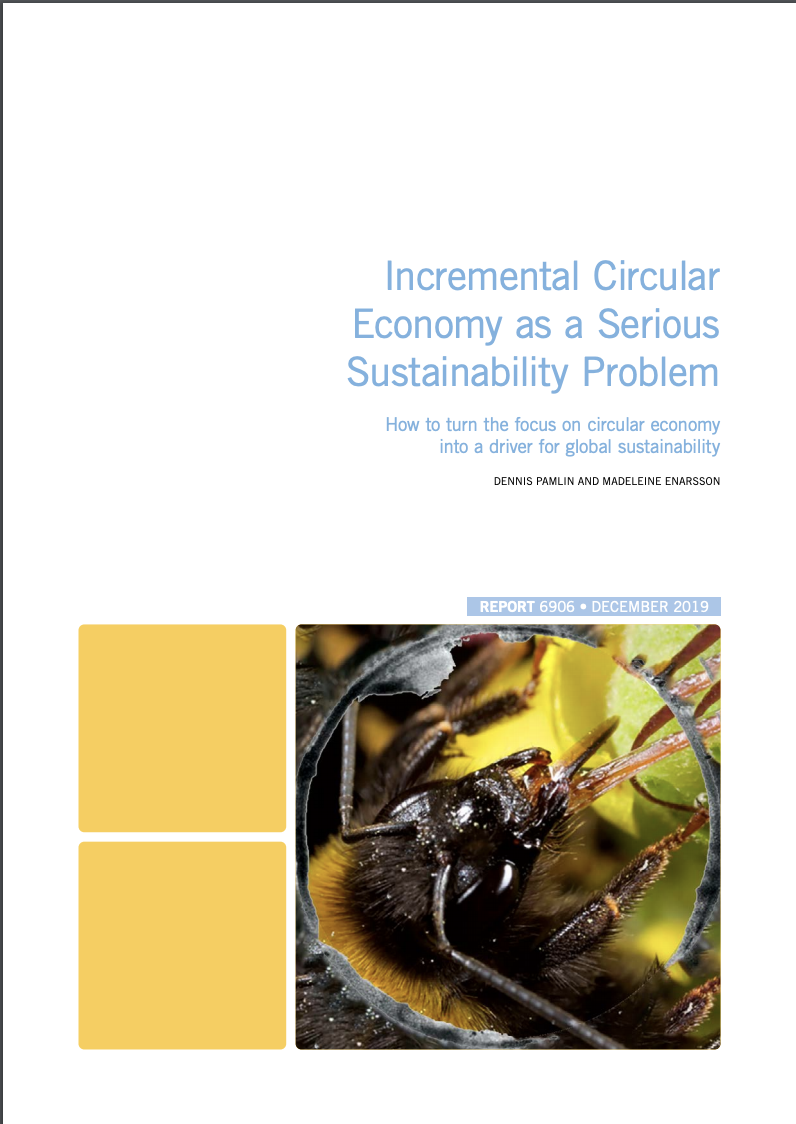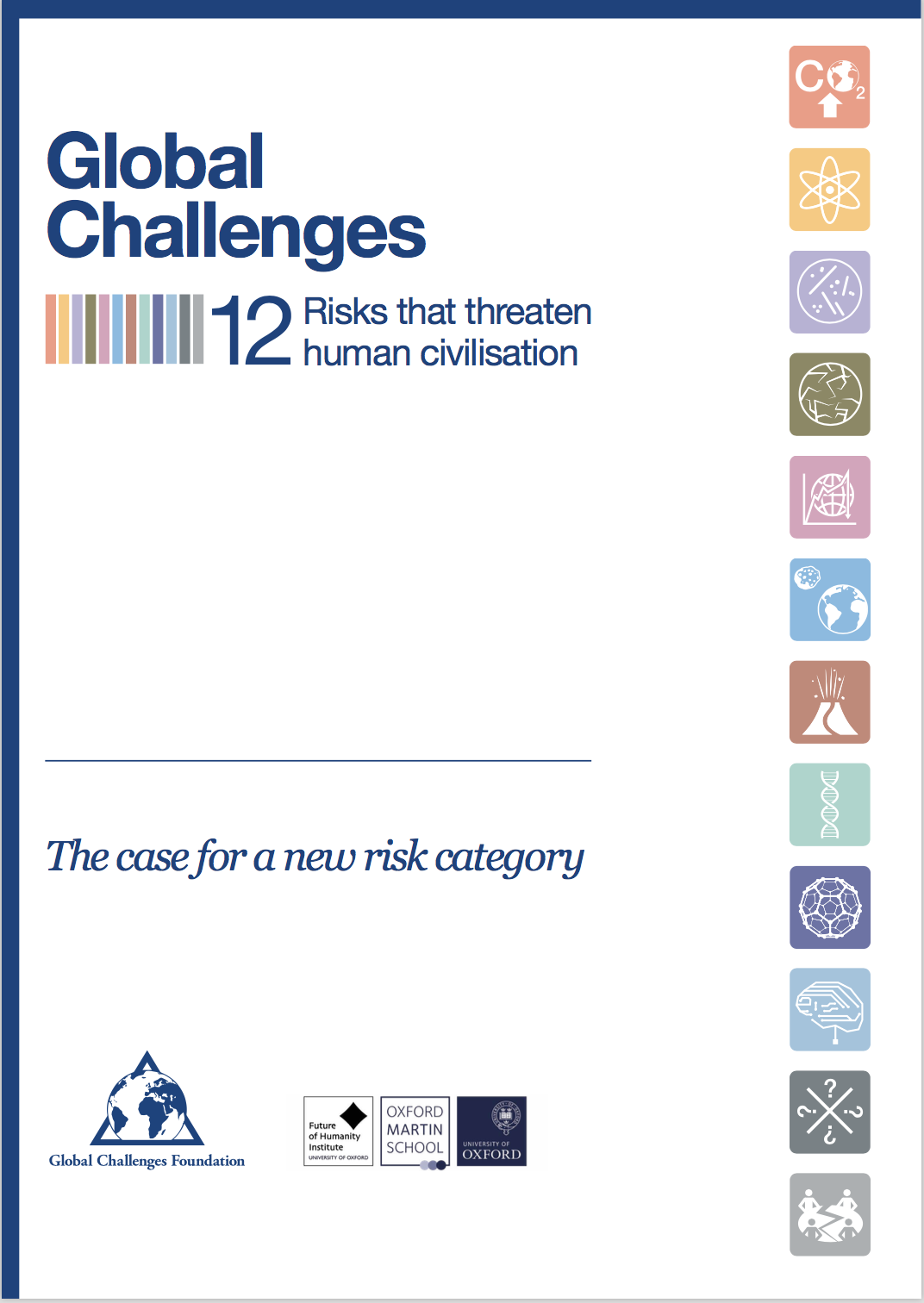A three-step approach to support and assess low-carbon solutions (Report)
/Role: Author
Summary
The purpose of this work is to better identify and support solutions (including technologies, products, services and business models) that enable us to do things in a different way to today, and which result in significantly lower greenhouse gas emissions than would occur under a business-as-usual scenario. Examples include the use of teleconferencing to displace business travel, replacing a motor with a more efficient alternative, or offering an advisory service to help customers reduce emissions.
Businesses, investors, governments and legislators are today familiar with the commonly-used and generally accepted approaches and methodologies for measuring the greenhouse gas emissions associated with organisations, products, services, and other activities. Effective use of these measurement tools allows for reductions in emissions to be readily tracked from a baseline, supporting better target setting and risk management, identifying cost reduction opportunities and supporting good policymaking.
However, there has been far less consistency around measuring the impact of solutions that can help to avoid emissions. The approach and methodology outlined in this document has therefore been developed to provide a robust and coherent way to measure, assess, and compare the current and potential impact of solutions that
help reduce greenhouse gas emissions. It is hoped that this will support greater levels of innovation, as well as unlocking growth and new revenue opportunities for the solutions that will be necessary in addressing the challenge of climate change and achieving the ambitions of the Paris Agreement.






























